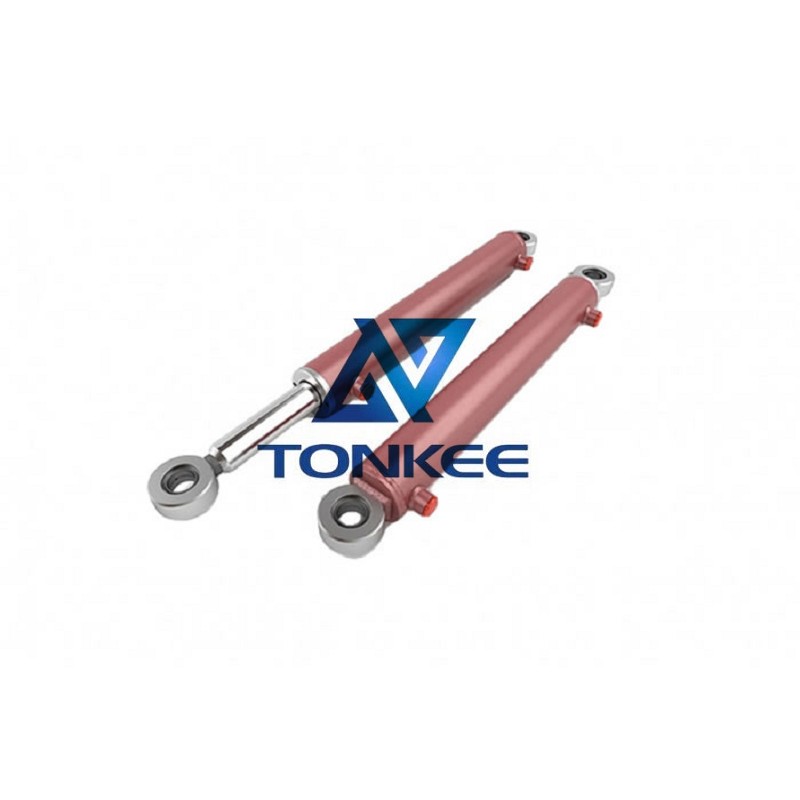
Double-acting hydraulic cylinders are typically made from high-strength materials such as steel or aluminum to withstand the rigorous demands of construction sites.
They consist of a cylindrical barrel, a piston rod, and two hydraulic ports—one for extending and the other for retracting the piston. The cylinder is sealed with high-quality seals to prevent hydraulic fluid leakage.
Hydraulic System Compatibility:
These cylinders are designed to work seamlessly with hydraulic systems commonly used in construction equipment. They require a hydraulic pump, control valves, and hoses to supply hydraulic fluid under pressure. The cylinder's double-acting design allows it to generate force both when extending and retracting, providing versatile control over the machinery's movement.
Force and Stroke:
The specifications of a double-acting hydraulic cylinder include its force capacity, often measured in pounds or tons, and its stroke length, measured in inches or millimeters. These values determine the cylinder's lifting and pushing capabilities. Construction machinery may require cylinders with varying force capacities and stroke lengths to perform specific tasks effectively.
Pressure Rating:
Double-acting hydraulic cylinders are designed to operate at specific pressure levels. The pressure rating indicates the maximum hydraulic pressure the cylinder can safely withstand. Construction machinery applications often involve high-pressure systems, so these cylinders are built to handle these conditions without failure.
Mounting Options:
Cylinders come with various mounting options, such as clevis mounts, trunnion mounts, or flange mounts.
The choice of mounting style depends on the specific application and how the cylinder needs to be attached to the construction equipment.
Corrosion Resistance:
Construction machinery operates in diverse environments, including exposure to moisture, dust, and chemicals. Therefore, double-acting hydraulic cylinders are often coated with corrosion-resistant materials or finishes to ensure their longevity and reliability in harsh conditions.
Temperature Tolerance:
These cylinders must perform consistently across a wide range of temperatures. Special seals and materials may be used to ensure the hydraulic fluid remains stable and the cylinder functions properly in extreme cold or hot conditions.
Maintenance Requirements:
Regular maintenance is crucial to keep hydraulic cylinders operating at their best. Maintenance requirements can vary depending on the specific cylinder design and manufacturer. Proper care may include seal replacement, lubrication, and periodic inspections to detect any wear or damage.



 English
English Türkçe
Türkçe


